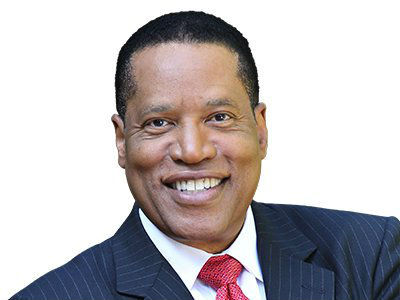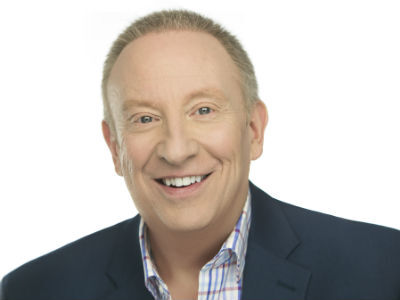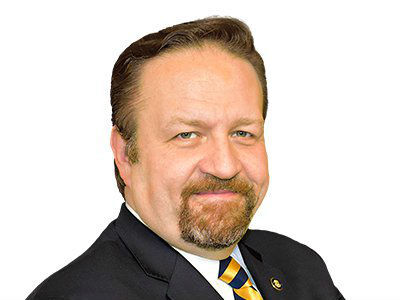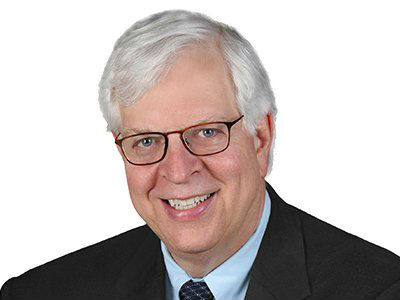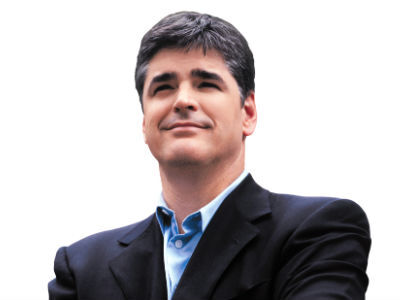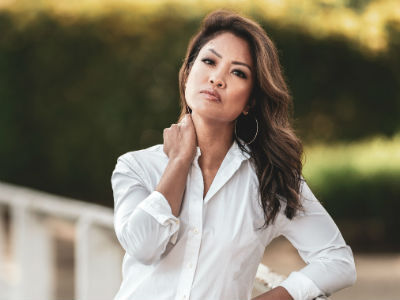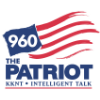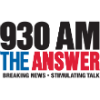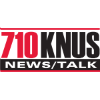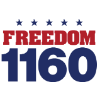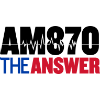The top women's hairstyle in every state
Lifestyle

Audio By Carbonatix
11:30 AM on Thursday, September 11
By Melissa Lavigne-Delville for Hers, Stacker
The top women's hairstyle in every state
Forget designer handbags and the latest sneaker drops — according to a new survey by Hers, great hair reigns supreme. When asked whether they'd prefer “great hair, every day” or “an unlimited wardrobe,” 51 percent of women went with flawless locks. Only 49 percent opted for a limitless closet. And while two percentage points might seem like splitting hairs (pun intended), the financial math tells a different story.
On average, women spend nearly twice as much on fashion annually ($1,700-$2,000) as they do on hair and beauty combined (around $877). Despite this, women say they prioritize their hair over fashion, revealing a disconnect between values and spending that could present a growth opportunity for the haircare industry.
The Rise of Hair Supplements and Medications
This trend points to an opportunity for the haircare industry to claim a larger share of women’s spending and address what may be an unmet demand in the market. One area showing strong potential is hair supplements and medications. Thirty-five percent of women have already tried hair supplements, and another one-third (33 percent) say they’re open to trying them in the future. Similarly, 27 percent of women have used hair growth medications, while an even larger group — 30 percent — express interest in doing so. Taken together, these numbers suggest that both categories could see significant growth by 2030, according to industry experts.
It’s clear that having great hair is a widespread aspiration, but as shown in a 2025 Hims report on men’s top hair styles, the definition of “great” varies depending on who you ask, where they live, and other demographic factors.
Hair Goals Vary by Generation
Let’s start with the who behind the hair. Gen Z women are more likely than their Millennial peers to embrace the curtain bang trend, with 8 percent naming it a favorite style compared to 5 percent of Millennials. Millennial women — especially moms — are most likely to rock the messy bun: 10 percent call it a favorite, making it a top-three style within this demographic. Both bangs and buns lose popularity with age, though. Just 3 percent of Baby Boomer women selected either style as a favorite.
Alongside curtain bangs, curly hair is also gaining traction among younger women. Gen Z ranks it as their top hairstyle, even ahead of long layers — the most popular style overall in the U.S. Millennials place curly hair as a close second to long layers (see: Top 10 Women’s Hairstyles). Meanwhile, Gen Xers and Boomers clearly prefer long layers, favoring them nearly twice as much — 22 percent compared to 12 percent who prefer curly styles. Once again, generational taste makes a big difference when it comes to hair.
- ‘Long layers’ is America’s top women’s hairstyle, with 17% of Americans naming it a favorite.
Gender also plays a role in which women’s hairstyles resonate most. Gen Z men, for example, are almost twice as likely to say they like curly hair on women as long layers (19 percent vs. 10 percent). Gen X men, however, say the opposite, with nearly twice as many preferring long layers on women than curls (20 percent vs. 12 percent). And all men we surveyed, no matter their age, seemed to have a thing for ponytails. Twelve percent of men vs. 8 percent of women name it as a favorite style, with men of each generation ranking it higher than their female counterparts.
Top 10 Women’s Hairstyles in America
Q: What is your favorite hairstyle for women?

Can Hair Hint at Relationship Status?
Women have been known to chop or change their locks during life transitions, and our data indicates that some women’s hairstyles are more popular among singles than couples, and vice versa. Take bangs, for example. Regular bangs (the forehead variety) may indicate that someone is in a committed relationship: 9 percent of those in a monogamous relationship name bangs as a favorite style vs. 5 percent of singles. Curtain bangs (cheekbone-length bangs), however, are more popular among singles. Singles are also bigger fans of ponytails, whereas couples prefer long layers, shags, bobs, and messy buns.
Relationship status aside, what’s clear is that hair is a confidence booster, particularly for women. Fifteen percent of women say that, on an average day, their hair impacts their confidence — for better or worse. In fact, women say their hair affects how confident they feel more than their romantic lives (13 percent), education level (12.5 percent), sex life (12 percent), breast size (12 percent), or social media (11 percent).
The Most Popular Women’s Hairstyle in Every State
More than any other factor, where people live impacts their taste in women’s hairstyles. For example, people from Arizona are twice as likely to name long layers as a favorite women’s hairstyle than are those from Alabama (22 percent vs. 11 percent, respectively). Curtain bangs were seventh on the list of favorite women’s hairstyles overall, but came in second in Oklahoma, where 14 percent say it’s a top style. Notably, Coloradans were four times more likely than Oregonians to choose curly hair as a favorite (27 percent vs. 7 percent). And in Texas — a state traditionally known for big hair — people were surprisingly tame in their taste: their favorite styles aligned with America overall.
While long layers and curly hair were the winners among Americans overall, ponytails were a close contender, coming in first or second in 10 states (Alabama, Iowa, Louisiana, Nebraska, New Mexico, Oregon, Pennsylvania, Tennessee, Vermont, and Virginia). Only four states named hairstyles other than long layers, curly hair, and ponytails as favorites. Arkansas and Wisconsin chose bangs, Oklahoma chose curtain bangs, and Utah picked the messy bun.
Here’s a look at the favorite women’s hairstyles in all 50 states.
- Alabama: Ponytail
- Alaska: Long layers
- Arizona: Long layers
- Arkansas: Bangs
- California: Long layers and Curly hair (tied)
- Colorado: Curly hair
- Connecticut: Curly hair
- Delaware: Curly hair
- Florida: Long layers
- Georgia: Long layers
- Hawaii: Curly hair
- Idaho: Long layers
- Illinois: Long layers
- Indiana: Long layers
- Iowa: Curly hair
- Kansas: Long layers
- Kentucky: Long layers
- Louisiana: Curly hair
- Maine: Long layers and Curly hair (tied)
- Maryland: Long layers
- Massachusetts: Curly hair
- Michigan: Curly hair
- Minnesota: Long layers
- Mississippi: Long layers
- Missouri: Long layers
- Montana: Long layers
- Nebraska: Curly hair
- Nevada: Curly hair
- New Hampshire: Long layers
- New Jersey: Long layers
- New Mexico: Ponytail
- New York: Curly hair
- North Carolina: Long layers
- North Dakota: Curly hair
- Ohio: Curly hair
- Oklahoma: Long layers
- Oregon: Long layers
- Pennsylvania: Ponytail
- Rhode Island: Long layers
- South Carolina: Long layers
- South Dakota: Long layers
- Tennessee: Curly hair
- Texas: Long layers
- Utah: Curly hair
- Vermont: Ponytail
- Virginia: Curly hair
- Washington: Curly hair
- West Virginia: Long layers
- Wisconsin: Curly hair
- Wyoming: Long layers
Data & Methodology
This study is based on a 7,100-person online survey, which included (1) 5,000 18-to-65-year-old respondents in the top 50 metropolitan areas (100 respondents per city); (2) 5,000 18-65-year-old respondents in each of the 50 states (100 respondents per state); and (3) a nationally representative sample of 500 18-to-65-year-old respondents to contextualize results. These three categories are not mutually exclusive; some respondents fall within more than one category. The study was fielded in January 2025.
Findings were analyzed by 190 demographic and psychographic cuts, including city, region, gender (when we refer to “women” and “men,” we include all people who self-identify as such), age, race and ethnicity, relationship status, parenting status, sexual orientation (heterosexual, bisexual, gay, lesbian, pansexual, asexual, queer, etc.), fandoms (music, sports, etc.), and fitness and diet preferences, among other areas of interest.
All data in this study are from this source, unless otherwise noted. Independent research firm, Culture Co-op, conducted and analyzed research and findings.
This story was produced by Hers and reviewed and distributed by Stacker.



